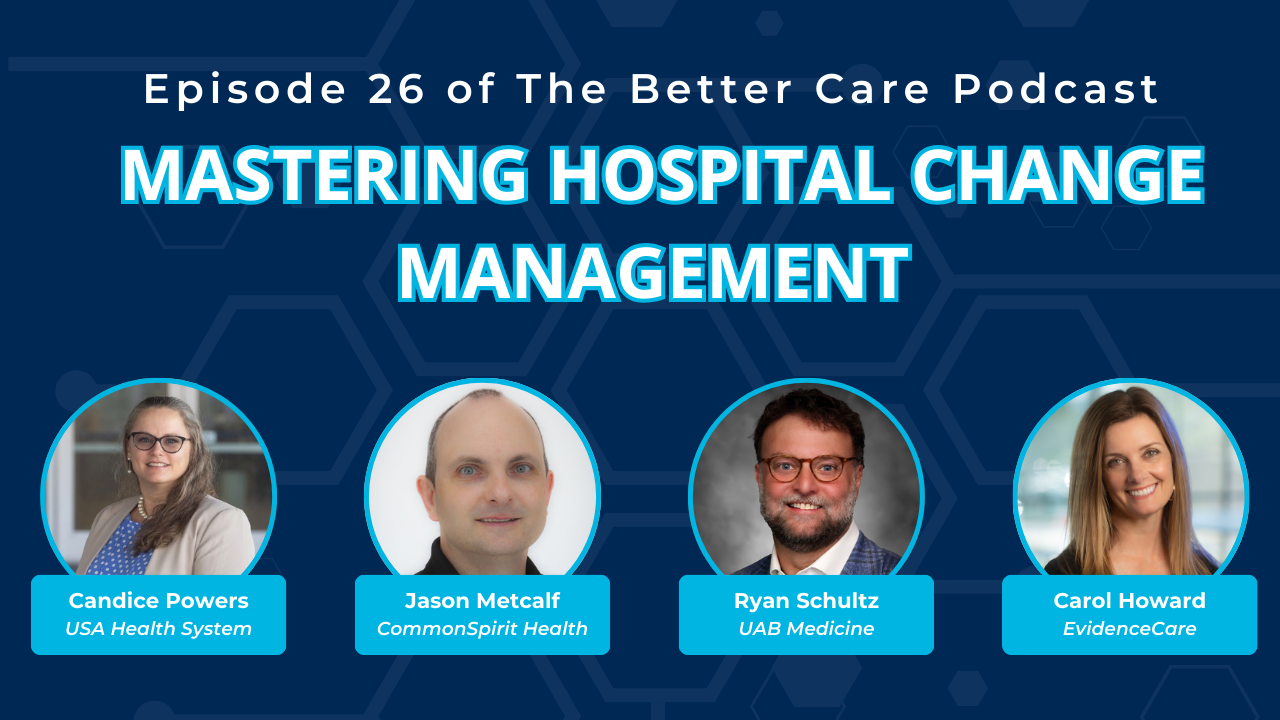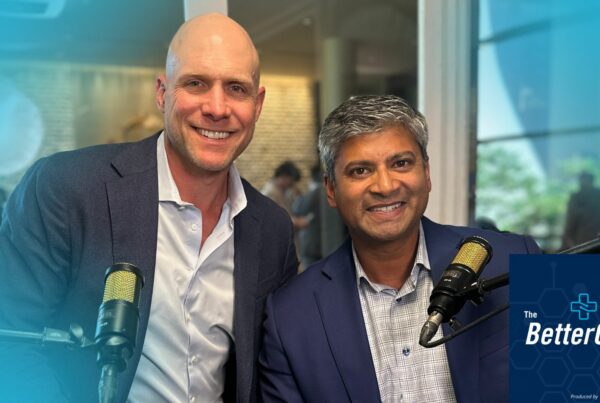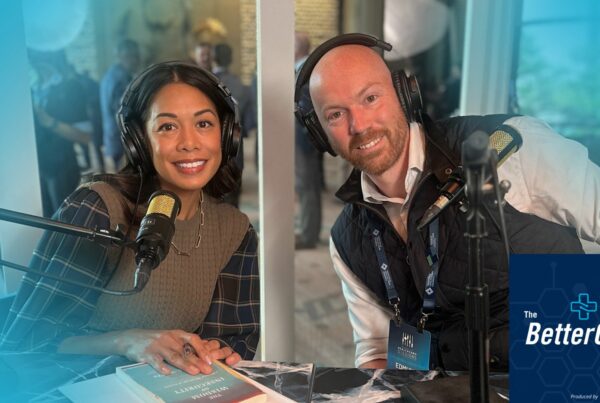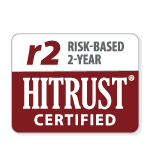In healthcare, change is constant, but meaningful, lasting improvement requires more than top-down directives or quick fixes. Hospital leaders are facing a growing volume of initiatives, from regulatory compliance to financial performance optimization, often without clear guidance on how to implement these changes in a way that sticks.
This blog is based on a recent live panel discussion I hosted for The Better Care Podcast and explores the practical wisdom and lived experience of healthcare executives who have learned that managing change, rather than simply making it, is what drives real transformation.
The panel included Candice Powers of USA Health, Jason Metcalf of CommonSpirit Health, and Ryan Schultz of UAB Medicine. Together, they shared the challenges, frameworks, and cultural nuances that shape successful change management.
Some quotes have been slightly edited for brevity.
Ep 26 – Mastering Hospital Change Management – Live Panel
Managing vs. Making a Change
Too often, hospital leaders are asked to execute change—or see the need for a change—without a clear framework for managing it. This “just do it” mentality may work for minor adjustments, but for initiatives involving multiple departments, systems, and workflows, a structured approach is critical. According to Candice Powers, it starts with knowing what success looks like and how to measure it.
“If you don’t think through how you’re going to measure the impact of the change you’re making, you might as well not make the change… That process by which you are defining what success is, defining how you’re going to measure it, and where you anticipate that change putting you is paramount to the project.” – Candice Powers
The Communication Imperative
Clear, strategic communication is the backbone of effective change management. The complexity of healthcare systems means that a change in one area often has cascading effects elsewhere. Leaders must go beyond announcing a change. They need to ensure it’s understood and contextualized across all levels of the organization.
“When you’re dealing with large organizations or matrix organizations, communication becomes even more critical… You need a process that ensures everyone understands the change, how it affects them, and how they can help it succeed.” – Jason Metcalf
Ryan Schultz added that organizational culture plays a major role in how change is received. Some hospitals are more flexible, while others have deeply ingrained habits and protective behaviors. In those settings, thoughtfully explaining the “why” behind the change can make or break adoption.
Change can stir up fear, especially among those whose job roles are built around unique, specialized knowledge. When employees feel their value is tied to holding information or managing a task no one else can, any shift to that responsibility can feel like a threat.
“There are people whose job security is tied to what only they know how to do… So when you’re making changes, especially to those folks that may be a little more protective of their roles, that’s where good change management and great communication is imperative.” – Ryan Schultz
Leaders must empathize with these team members and proactively engage them in the process. Transparent conversations about the reasons behind a change, and how it will support their work rather than replace it, can help build trust and commitment.
How Organizations Handle Failure
Change initiatives won’t always go as planned, and that’s okay. What matters is how organizations respond to missteps. A culture that views failure as a learning opportunity rather than a setback is more likely to sustain innovation.
“We’re not going to always take the perfect step, and quite frankly, a lot of times we prevent ourselves from taking steps because we’re concerned about not taking the perfect one.” – Ryan Schultz
Powers also emphasized the need for follow-through. “Prospective communication is really important, but following up afterwards is sometimes even more important.”
Even well-planned projects can miss key stakeholders or overlook critical details, especially in large system conversions.
Choosing the Right Methodology
Selecting the right change management methodology isn’t about following the latest trend—it’s about aligning the framework with the scope, speed, and complexity of the project. The most effective leaders understand that different initiatives call for different approaches.
Here are some key principles shared by the panel:
-
- Co-author the process. Schultz described a collaborative, iterative model used to redesign clinical funding frameworks. Instead of implementing a top-down solution, the process involved extensive stakeholder input to ensure buy-in and relevance.
- Start with a proven foundation. Jason Metcalf pointed to the Deming model (PDCA), which encourages defining the problem, measuring success, and keeping efforts practical.
- Match the method to the complexity. Leaders should consider whether the project is simple and technical or complex and emotionally charged. High-impact changes may require more structure, while routine updates can benefit from agility.
- Avoid switching methods midstream. More important than choosing the “appropriate model” is sticking with it. Especially when working with vendors, changing frameworks mid-project can cause delays and confusion.
- Respect existing processes. Schultz emphasized that flexibility is key, especially when departments already have established approaches that are working.
By balancing structure with agility, healthcare leaders can choose the right method for the moment—ensuring that change is both efficient and embraced.
The A3 Framework in Practice
The A3 methodology offers a lean, visual approach to managing change that helps teams move from problem identification to sustainable solutions. Designed to fit on a single 11×17 sheet of paper, the A3 document captures both the current state and the target future state—guiding users through root cause analysis, goal setting, and countermeasure planning.
A core element of this process is the Gemba walk—going to where the work happens to uncover insights that might be missed in reports or meetings. Simply asking “why” at each step often reveals hidden inefficiencies, misaligned incentives, or outdated assumptions.
“One of the key things I learned from using this process was: I don’t know the solution(s), you need to go around and talk to the people doing the process… It’s not the people causing the issues—it could be their training, it could be system set-up, it could be anything. But I learned a lot by asking the people in the process- why?” – Carol Howard
The A3 method is a worksheet that creates a mindset shift around change management. It encourages teams to focus on measurable improvement, inclusive brainstorming, and iterative feedback. For organizations looking to build a culture of continuous improvement, it’s a practical starting point that drives alignment and accountability.
Download our guide to the A3 Framework:
Advice for New Change Managers
For new managers navigating change, communication and emotional intelligence are just as important as tools and templates. Success isn’t just about implementing a new framework—it’s about recognizing the people behind the process and anticipating how changes will ripple across teams.
Jason Metcalf encouraged new leaders to over-communicate and engage across departments, even when some may seem only tangentially impacted.
“Let other leaders know, even those whose departments aren’t directly affected. There’s often collateral impact. If people don’t understand the purpose behind a change, they may resist it—not because they disagree, but because they don’t see the connection.” – Jason Metcalf
Candice Powers emphasized the importance of reading the situation. Some projects require broad engagement and consensus-building; others demand fast, focused action from a small group. Great leaders know the difference and can adjust their approach accordingly.
Ryan Schultz echoed the importance of adaptability and soft skills. Beyond process design and workflow analysis, leaders must be able to connect with people.
“Can you manage personalities? Can you explain the ‘why’? Can you flex around different stakeholders? That’s what makes a change effort successful.” – Ryan Schultz
These human-centered skills often determine whether a change is adopted smoothly or stalls due to uncertainty and resistance.
Measuring the Impact of Change Management
Measurement is what separates activity from improvement. Leaders must identify meaningful KPIs and ensure those metrics tell a compelling story. Schultz pointed out that the traditional revenue cycle indicators (DNFB, aging, etc.) are no longer enough on their own.
“We’ve never been more interconnected across departments… Metrics need to reflect that reality.” – Ryan Schultz
Metcalf shared a concrete example of how aligning metrics to project goals can validate success. His team implemented electronic statements to improve patient financial interactions and reduce strain on the customer service center.
“We created an opportunity to make offers or allow people to do their negotiation online. That’s a huge thing. So a key metric for that was whether our customer service calls for payment arrangements would drop, and they did.” – Jason Metcalf
The simplicity and relevance of that measure made the impact clear: patients were engaging with the digital tool as intended, and staff time was freed up for more complex service needs. “People are making payments any time of day instead of having to call during office hours,” said Metcalf. That’s how you validate the story your project is trying to tell.
But collecting the right metrics is only part of the challenge—how you collect them matters too. Powers offered a critical caution about sustainability in measurement practices.
“Don’t create manual metrics that will burden your team forever. Use what you’re already measuring, or if you must build something new, make sure it can be automated.” – Candice Powers
In change management, sustainability matters. A change that’s hard to monitor is hard to maintain.
The Role of AI in Change Management
AI is increasingly playing a role in nearly every part of healthcare, from documentation and clinical decision support to revenue cycle and patient engagement. But not all health systems are ready for AI. Many are still in survival mode, focused on staffing shortages, financial recovery, or foundational systems.
For those organizations that are prepared to move forward, adopting AI requires more than plugging in a new tool. It demands a thoughtful change strategy.
“AI can help every function—finance, HR, pharmacy—but only if it’s connected across departments. If it’s just isolated tools in pockets of the organization, you lose the synergy and the efficiency that AI is supposed to create.” – Ryan Schultz
Rather than deploying isolated pilots, leaders should align AI initiatives with enterprise goals, ensure teams understand the impact on their workflows and prepare staff to work with these technologies.
The bottom line is AI has potential, but success depends on managing the change with intention, through alignment, transparency, and practical expectations.
Final Takeaway
Managing change is both an art and a science. It requires thoughtful strategy, cultural awareness, and relentless follow-through. But perhaps most importantly, it requires consistency. Change management isn’t a one-time event, it’s a continuous cycle of planning, implementing, measuring, and refining.
The most successful organizations treat change as a core competency, not a temporary initiative.
Leaders must embed feedback loops, stay connected with frontline teams, and remain agile in the face of evolving needs. Sustained improvement means returning to the same workflows, processes, and challenges with fresh insight and renewed focus.
To watch or listen to the full episode, check out Episode 26 of The Better Care Podcast.


